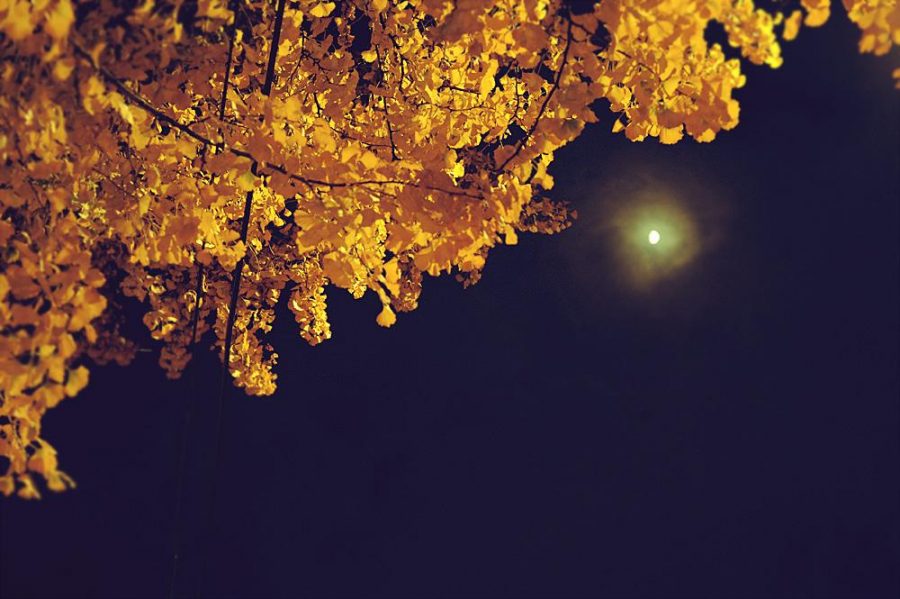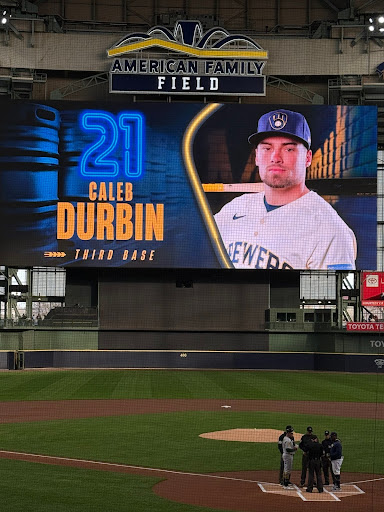The universe is too big and complex to comprehend, so let’s focus on our own neighborhood, the solar system. Made up of 9 planets (including the dwarf planet, Pluto) it’s a vast, but explorable fraction of the Milky Way Galaxy in which we reside in. With so much space in between each planet, there is plenty of room for crazy Celestial and Astronomical events.
The Green Ice Giant
Uranus is located in the outer solar system making rendering the planet not the easiest sight to see through the naked eye. The green ice giant will reach its opposition showcasing itself as its biggest and brightest for the entirety of 2016. It will appear opposite the sun in the east after sunset. It will be able to be found easily with the help of the moon, being located about 40 degrees beneath it. It is a tiny green-blue disc which will be easy to spot with the naked eye, but the help of binoculars will make the experience more memorable. Its distinctive hue is caused by absorption of the red portion of the spectrum of sunlight by molecules of methane in its atmosphere; as a result, blue and green are reflected back to our eyes. This event takes place on October 15th and is one for the books.
Orionids Meteor Shower
For those of you that do not know what the Orionids are, they are meteors left behind in the wake of Halley’s Comet. On the evening of October 21st, these meteors will rip through our atmosphere and put on quite the show. They will burn up in the atmosphere making them easy to spot. However, they will be in a competition for light with the second quarter moon which is also on the night of the 21st. Nonetheless, these are some of the brightest meteors of the year, coming in at about 20 sightings per hour, making them a prime show from the great beyond.
Saturn and Venus
This event may require binoculars but will still be one of the best events in 2016 for planet lovers and science nerds (like myself) everywhere. The planets Saturn and Venus will make a pretty pair of lights in the sky on October 30th, just before Halloween. Saturn will appear much fainter than Venus, but nonetheless just as beautiful and breathtaking. For this event to be truly experienced to the fullest, a telescope is a great choice. Viewing this through the lens of a telescope will reveal Saturn’s rings. Let’s just hope for clear skies.
Taurid meteor shower
On November 11, the Taurid Meteor shower will reach its maximum activity. The meteors will be flying through the atmosphere at about a rate of 10 per hour. However, due to the moon being so close to its full phase, observations during this meteor shower are limited. The shower will appear near the south-eastern horizon of Mount Laurel, a nearby star constellation. Although the moon will be taking the spotlight during this shower, the Taurid Meteor shower will still be something of high value to note for sky-gazers everywhere.
Geminids Meteor Shower and Supermoon
Supermoons are breathtaking experiences that are very memorable, however they put meteor showers on death row. Unfortunately, due to the supermoon taking place on December 13-14, the spectacular Geminids Meteor shower will be dwindled down to only a few visible shooting stars that night. Luckily, these are the brightest meteors of the year–making them able to compete with the supermoon–yet they just come short of being the star of the show. Moon lovers will enjoy the immense detail that will appear on the moon from the large amount of light, but meteor lovers will be a bit disappointed.







